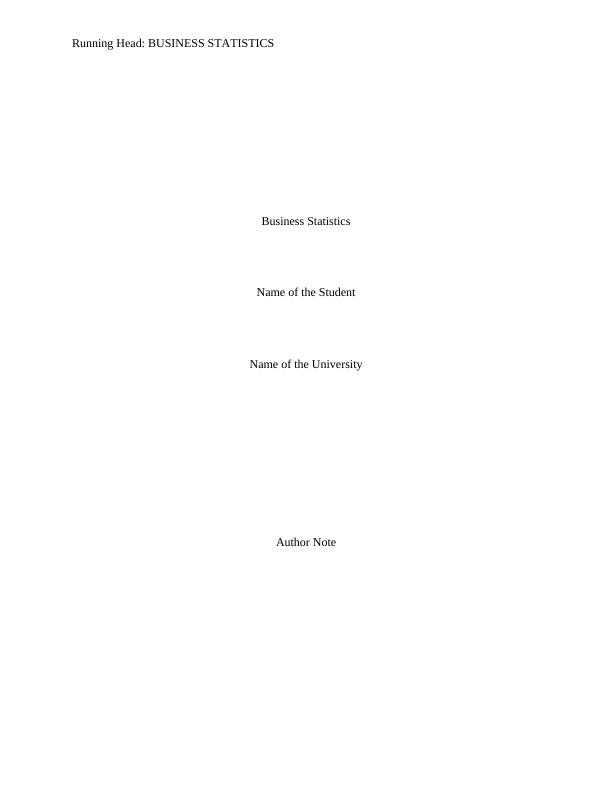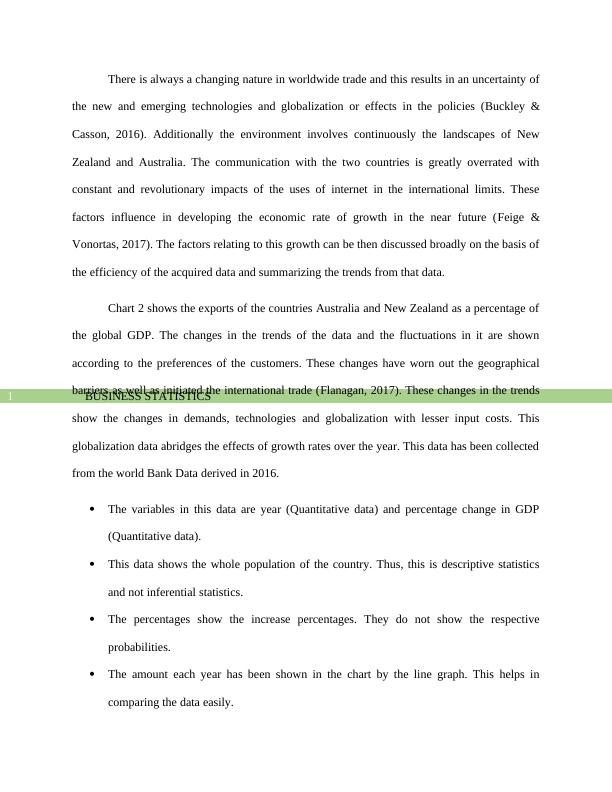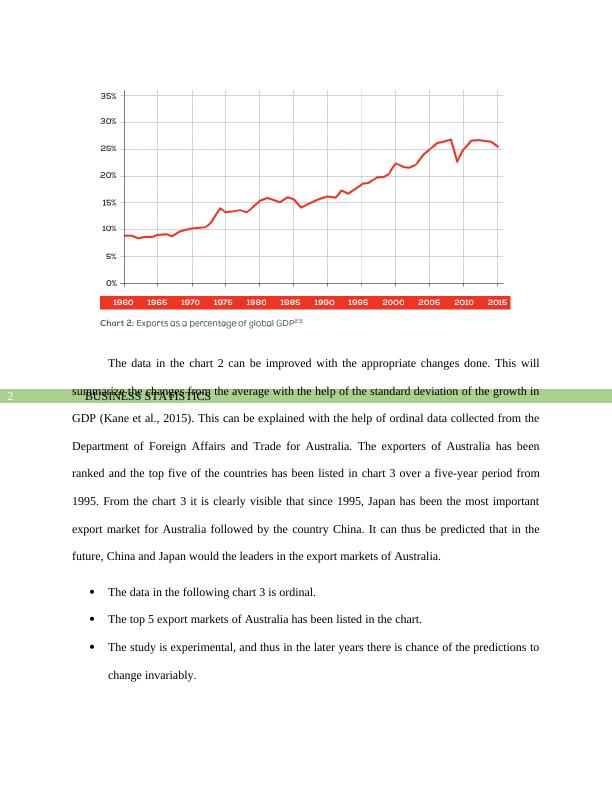MA508 - Business Statistics - Case Study
10 Pages1586 Words48 Views
Melbourne Institute of Technology
MA508 Business Statistics (MA508)
Added on 2020-03-01
About This Document
MA508 - Business Statistics - The nature of global trade is continually evolving, resulting in uncertainty about new and developing technologies, globalization, and policy implications. Furthermore, the environment is constantly influenced by the landscapes of New Zealand and Australia. With the constant and revolutionary impacts of the usage of the internet within international boundaries, communication between the two countries is vastly overestimated.
MA508 - Business Statistics - Case Study
Melbourne Institute of Technology
MA508 Business Statistics (MA508)
Added on 2020-03-01
ShareRelated Documents
End of preview
Want to access all the pages? Upload your documents or become a member.
MA508 - Business Statistics
|4
|1214
|77
MA508 - Business Statistics - Assignment
|8
|1485
|227
MA508 - Business Statistics - Assignment
|10
|1700
|60
Statistics for Business Decisions Assignment
|15
|1897
|239
Economic Analysis of China
|10
|2839
|145
Basic Statistics and Application
|15
|2212
|62



